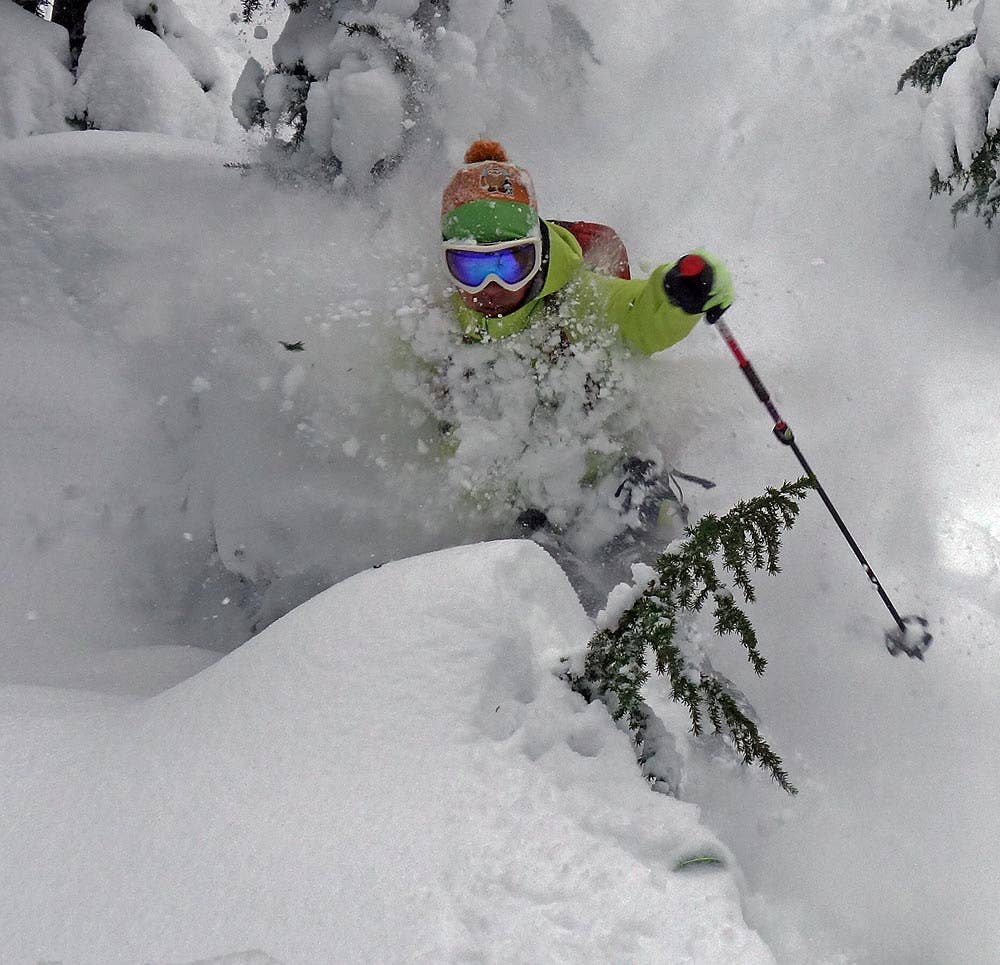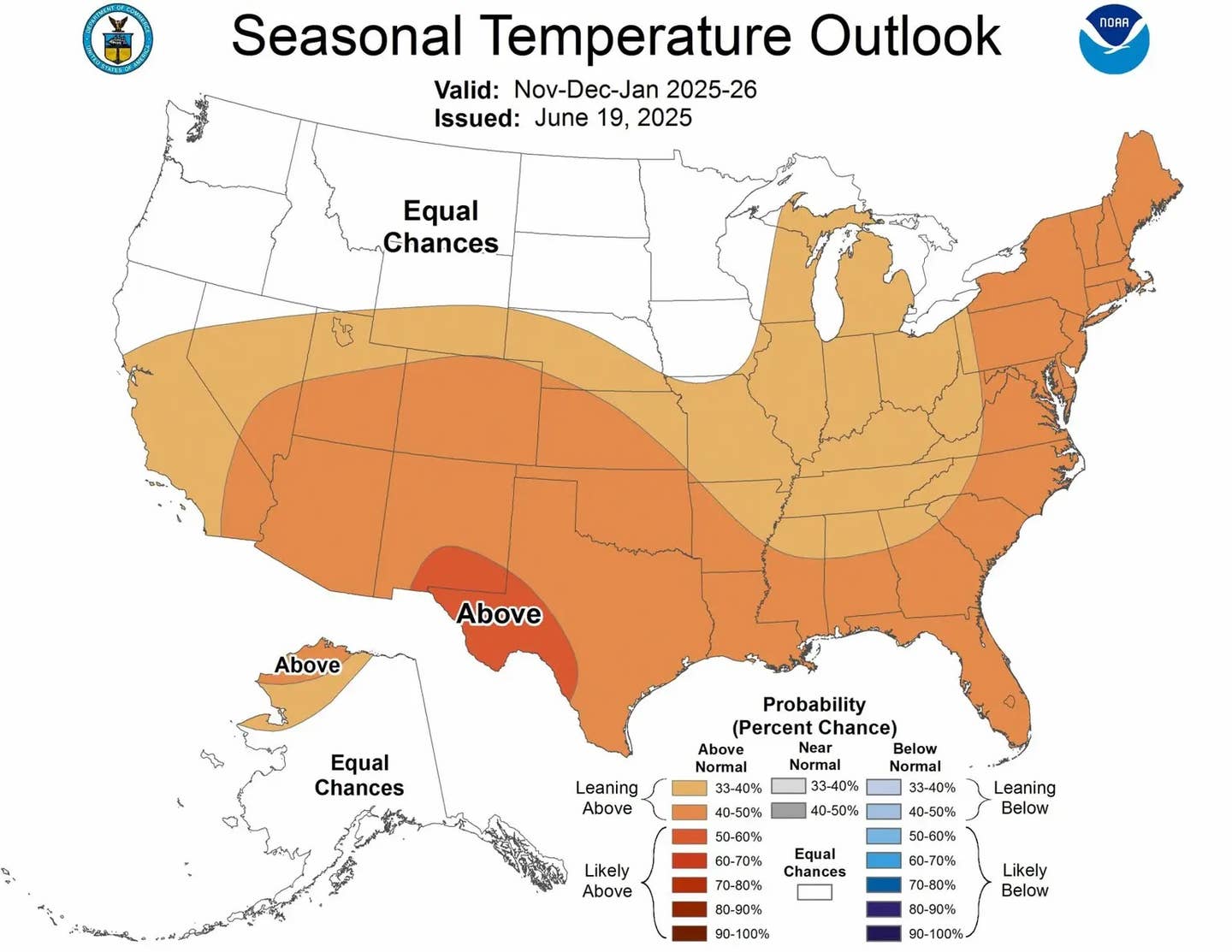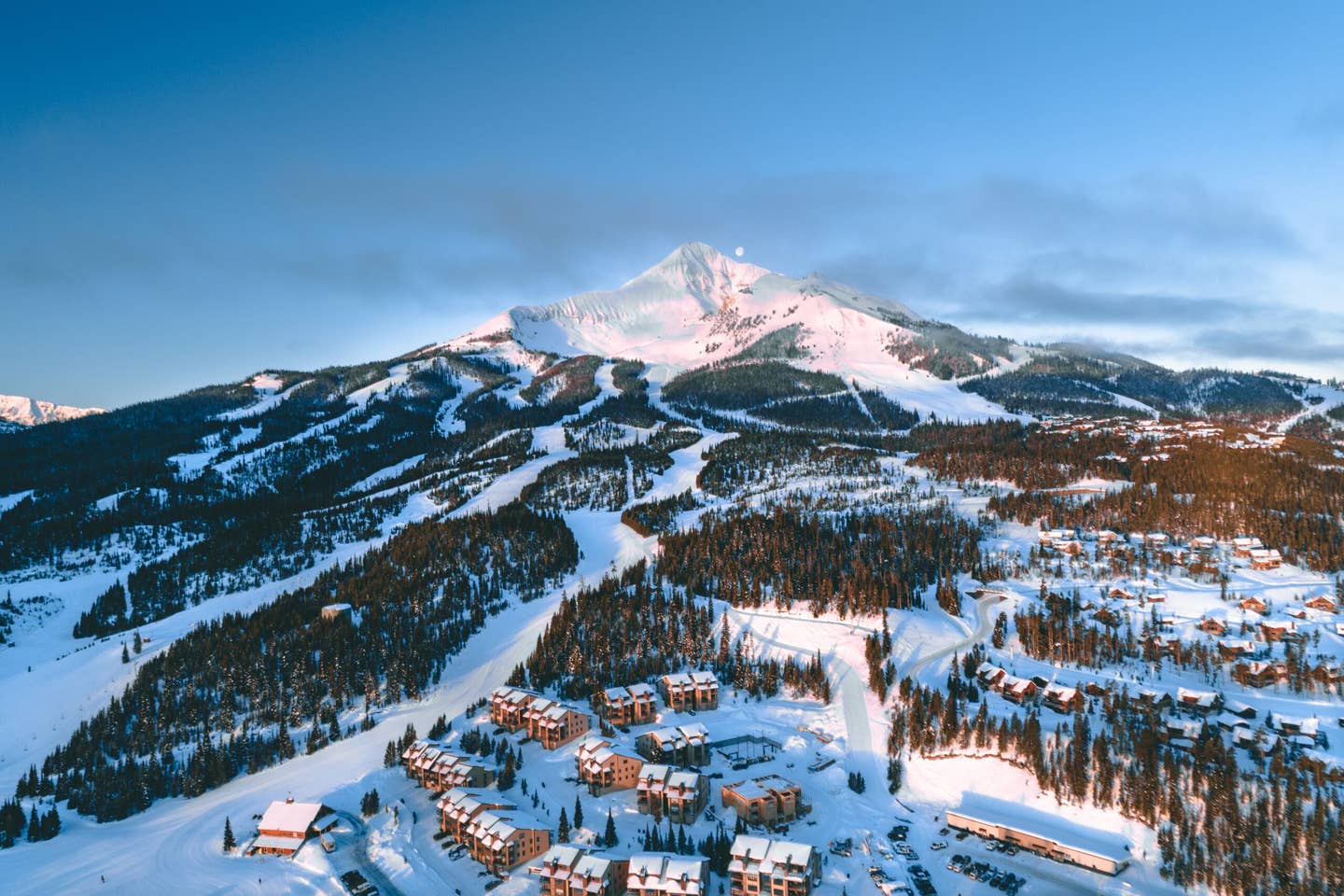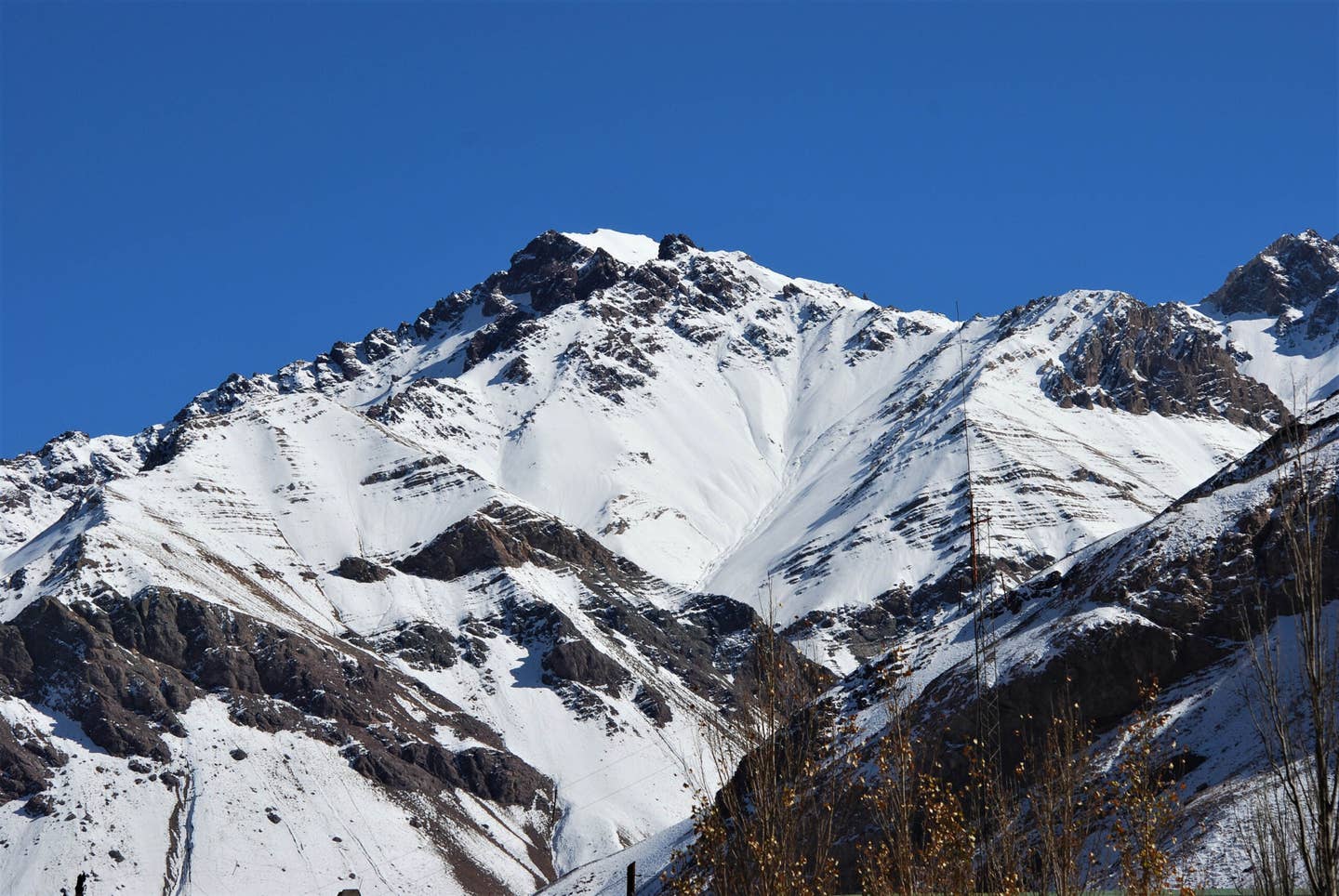Popular Stories

The Dynafit Khion Carbon at evo.com.
Dynafit is among the top of the game in the alpine touring boot world, so the pressure must always be on to innovate. With the success of the Vulcan (you see the green boot everywhere), Dynafit's boots have a top-of-the-heap reputation which begs the question: how does Dynafit top the Vulcan? The Khion carbon alpine touring boot is Dynafit's attempt.
Like the Vulcan, the Khion Carbon is not easy to place in a box. It's light, so it crosses over into the category of lighter boots meant for exclusively soft snow touring. Yet the Khion Carbon is so stiff that it crosses over into the category of boots targeted towards side-country skiers (i.e., mixed resort and touring). In summary, I found the Khion to be an exceptional downhill boot; among the best in its class. Unfortunately, from a touring point of view, it was a decided step backwards from the Vulcan's touring ability, being decidedly mid-pack in range of motion for a touring stride. For my purposes and biases, Dynafit's Khion Carbon is therefore best seen as a slackcountry boot; one meant for skiers who focus on inbounds skiing with occasional forays into the backcountry.
About Lee Lau
 Lee testing the Khion walk mode touring up Blackcomb's trees on a deep pow day. Sharon Bader photo.
Lee testing the Khion walk mode touring up Blackcomb's trees on a deep pow day. Sharon Bader photo.
I weigh 160 pounds and ski mainly in the Coast and Selkirk Mountains of British Columbia. I have had 23 days on the Khion Carbons in snow of varying conditions. My skiing is usually in high moisture-content snow. Accordingly, my preference is for bigger skis and relatively stiff boots. Personally I own a pair of Dynafit Vulcans and TLT5 Performance boots, but have had the opportunity to test a wide variety of boots that are now too numerous to count. So if you have a question comparing the Khion Carbons to other boots ask in the article comments and I will try to answer.
I tested a size 27 Khion Carbon (bsl 310 mm). I used the Khion Carbons mainly on an Atomic Atlas 182 with Dynafit Radical FT 2.0's (Teton Tested review upcoming) and a Blizzard ZeroG 108 with Fritischi Vipecs. I also tried the Khion Carbons on a skis mounted with Dynafit Beasts after putting the Beast heel fitting on the boots.
SPECIFICATIONS AND CONSTRUCTION
 Patented one-touch buckle closures. Micro adjust on the second buckle is simple. Note the rubber bump stop above the second buckle to add some progressive stop when the boot is flexed forward. Lee Lau photo.
Patented one-touch buckle closures. Micro adjust on the second buckle is simple. Note the rubber bump stop above the second buckle to add some progressive stop when the boot is flexed forward. Lee Lau photo.
Technically, the Khion Carbon is a four-buckle boot with overlap construction in a standard two-piece frame. The lower and upper shell are connected by impressively beefy metal pieces such as a stout walk mechanism and magnesium spoiler. The shell is constructed from Pebax plastic (stiff, doesn't alter flex dramatically in colder temps, can be harder but not impossible to punch) and is wrapped in an "exoskeleton" laced liberally with carbon, presumably to add even more stiffness and resist deformation when flexed.
Dynafit proclaims that the Khion is so stiff that it doesn't need a Powerstrap. In this they are correct.
In the size 27 tested with a stock liner, the Khion is a light boot coming in at 1545 grams; 15 grams over its manufacturer stated weight. Substitute an Intuition liner as I did (and invariably do for all boots), and weight drops to 1500 grams per boot. As an aside, since Vulcan comparisons will be drawn, the Vulcan comes in at 1590 grams (stock); 1510 grams (with Intuition), 1430g (with Intuition, without tongue).
The Khion's buckles are a one-touch patented system, and made out of plastic with ladders to capture the buckles. I'll be frank–I didn't like them when I first saw them and after some further use I still don't like them. The buckle ends are sharp. They have a limited throw. The second buckle tends to flop around when left loose in tour mode (the magnets on the bootshell do keep the catch from flopping but the buckles themselves do. The micro-adjust on the second buckle is a nice touch, but all in all the buckles are gimmicky and did not impress.
 Left: Liner. Ultralon foam with different foam densities to provide a flex zone. Super light Boa system to keep things snug, Right: Unique walk mechanism has a nice smooth feel. Metal bar where the walk mech engages the cuff and mech is mounted on the magnesium spoiler. No adjustment to the forward lean. No canting adjustment mechanism. Lee Lau photo.
Left: Liner. Ultralon foam with different foam densities to provide a flex zone. Super light Boa system to keep things snug, Right: Unique walk mechanism has a nice smooth feel. Metal bar where the walk mech engages the cuff and mech is mounted on the magnesium spoiler. No adjustment to the forward lean. No canting adjustment mechanism. Lee Lau photo.
I used the Boa liner for some inbound sessions when initially using the boot but switched to my own Intuition liners shortly thereafter, mainly because my Intuitions were cooked and formed for my own feet. I did find the Boa liners extraordinarily difficult to get on even in the comfort and warmth of indoors, and one would be well-advised to bear that in mind when using the Khions for multi-day winter camping trips, although it should be noted that Dynafit advises putting the liner on first, then sliding your foot with the liner into the shell. The Boas seem well thought out and using Ultralon foam bodes well for their longevity, but that is guesswork on my part.
Speaking of durability, the Khion Carbons haven't displayed more than the usual ski scuffs after these few days of use. I haven't scrambled much rock on them, but so far the Pomoca soles appear also to be in good shape. However, less than 20 days is but a gnat's breath, so my wear-and-tear impressions should be viewed as a mere datapoint.
How the DYNAFIT KHION FITs
 Interior of the Khion shows the green magnesium spoiler to provide ribbed stiffness on the boot's rear (left picture). Note the ability to add shims to the spoiler and to the flat bootboard to customize fit. Overlapping Pebax upper cuff with a rubber gasket and carbon on the exterior is a traditional boot construction method (right picture). Lee Lau photo.
Interior of the Khion shows the green magnesium spoiler to provide ribbed stiffness on the boot's rear (left picture). Note the ability to add shims to the spoiler and to the flat bootboard to customize fit. Overlapping Pebax upper cuff with a rubber gasket and carbon on the exterior is a traditional boot construction method (right picture). Lee Lau photo.
As a baseline, I have Asian flat feet of medium volume but otherwise my foot is as generic as can be. Generally speaking the Khion is a good fit for a medium-wide foot with average instep.
The Khion continues the happy trend among alpine boot manufacturers of relatively anatomical boot lasts; hopefully the days of the box-like caverns of boots of the past are dead and gone. Happily, I fit the Khion with minimal tweaking and with the substitution of my footbeds and an Intuition Luxury liner for the stock liner, I was perfectly happy. Keep in mind that the Boa liner takes up a LOT of space and can be extensively thermofitted, adjusting almost a half-size either way simply by being cooked, so bear that in mind when fitting the boots in-store.
If you fit the Dynafit Vulcan, Mercury and One line of boots, you'll probably fit the Khion. If you have very wide feet, you'll almost certainly need some bootwork, as the Khion is ever so slightly narrower in the toebox than the Vulcan does, which themselves have middle-of-the-road toe boxes.
Its heel pocket is relatively tight with lots of hold over the Achilles (no doubt this helps performance).
The Khion's instep is more relaxed than the Vulcan, so those who find the Scarpa ratchets to crush their instep/midfoot will find relief.
The Khion has an anatomical shape, meaning that the Khion is a middle-of-the-road volume shell but trending to lower volume boot fit which means that it might not fit wider feet without some boot modifications. Coupled with the high volume Boa liner, the Khion Carbon may also not feel terrific in the shop or on a carpet-test until customized.
 Note the captured ladders of the Khion's third and fourth buckles; pictured open. The Pebax shell of the Khion takes a punch well. The heel pocket is fairly tight and I resorted to using my own pre-cooked Intuition liners to obtain good fit. As always work with a good shop and good bootfitter to get the comfort/performance you can from any boot. Lee Lau photo at Escape Route Whistler.
Note the captured ladders of the Khion's third and fourth buckles; pictured open. The Pebax shell of the Khion takes a punch well. The heel pocket is fairly tight and I resorted to using my own pre-cooked Intuition liners to obtain good fit. As always work with a good shop and good bootfitter to get the comfort/performance you can from any boot. Lee Lau photo at Escape Route Whistler.
Aiding the fitting process are the myriad options available for tweaking fit including a flat bootboard and a plastic Pebax shell that holds punches. Bottom line is that If you need boot fitting, chances are that the Khion can be customized.
Our Newsletters
UPHILL PERFORMANCE
The Khion Carbon's stats are impressive, with a stated theoretical 16 degrees of forward lean and a 90 degree range of motion. Unfortunately in real life the Khion Carbon falls short when compared to the gold standard of touring on the Vulcans (without tongues) with the Vulcan's minimal friction stride and massive range of motion. In the field, the Khion tours as well as many other boots in its class (e.g., the Maestrale RS, the Titan UL, the Freedom SL). Unfortunately, that's a come-down from someone who's gotten used to Dynafit's lean-lock one-buckle touring system.
To put this criticism in context, if you are a skier who is mostly a day tripper venturing out for sidecountry laps, there's more than enough touring performance in this boot. Khion has more than an acceptable amount of fore-aft cuff movement. Its walk mode would have been considered very good in the pre-Vulcan days. Moreover, the Khion Carbon is light for its performance, therefore contributing to uphill performance.
For downhill to uphill transitions (and vice-versa) the Khion Carbon plays well for fast transfers. The walk mode mech is big enough to be handled with gloves and is one-touch. The buckles are also one-touch; simply flip them open and the walk mode is immediately available. It's also worth noting that crampons fit on the toe and heel bails just fine and I would expect that one could walk around on rocks with the Khion Carbon as well as with any other boot.
DOWNHILL PERFORMANCE
 Testing the Khion in Blackcomb backcountry. Seb Johnston photo.
Testing the Khion in Blackcomb backcountry. Seb Johnston photo.
Where the Dynafit Khion is a superior boot is in its performance and sheer progressiveness of feel on the downhill. Again with the invariable Vulcan comparison, the Khion Carbon has a much smoother flex pattern. It arguably has as good a flex pattern (in the sense of smooth power transmission) as the Tecnica Cochise, which I would previously have said were the best/most-alpine feeling of alpine-touring boots.
One probably won't realize how harsh other touring boots ski until you've used a boot with progressive flex characteristics; something the Khion has in spades. No doubt the side bumper (a foam cushioned stop between the second and third buckle) which cushions the upper shell when flexed forward contributes to this. Another trait of the Khion Carbon is its incredible stiffness; something attributable to the construction details (beefy magnesium spoiler, rigid walk mech spine, exoskeleton construction and liberal use of carbon in the shell).
One observation about the carbon Khions: the boots handled all skis well, but are particularly well suited to bigger skis at speed. To me at my relatively light weight, the Khion Carbons are so stiff that when using them on smaller skis at slow speeds, everything feels kind of dead and without feel. This boot wants to be going fast downhill, and feels comfortable and controlled doing so.
THE BOTTOM LINE
 Inevitable comparison photos between Khion and Vulcan. Lee Lau photo,
Inevitable comparison photos between Khion and Vulcan. Lee Lau photo,
The biggest consideration for a prospective purchaser is that Khion has wonderful progressive flex. However, I tour and walk uphill a fair amount. All touring boots are about tradeoffs and compromises. Progressive flex comes with loss of touring ability in terms of loss of range of motion. That is not a trade-off that I would make unless I was using this boot mainly for sidecountry. If you are a bigger skier, or someone who prizes downhill feel and are willing to make compromises in range of motion to maintain and keep that downhill feel then perhaps the Dynafit Khion is the boot for you.
Available in sizes 23.0 to 31.5 (shells change on the full size), the Khion's MSRP is USD $898.88, and comes in a women's version as well as a heavier and less expensive non-carbon version.
Additional must-read links for touring boot buyers:
 The Khion on Dynafit Radical 2.0 for an aggressive pairing in the Blackcomb backcountry. Lee Lau photo.
The Khion on Dynafit Radical 2.0 for an aggressive pairing in the Blackcomb backcountry. Lee Lau photo.







